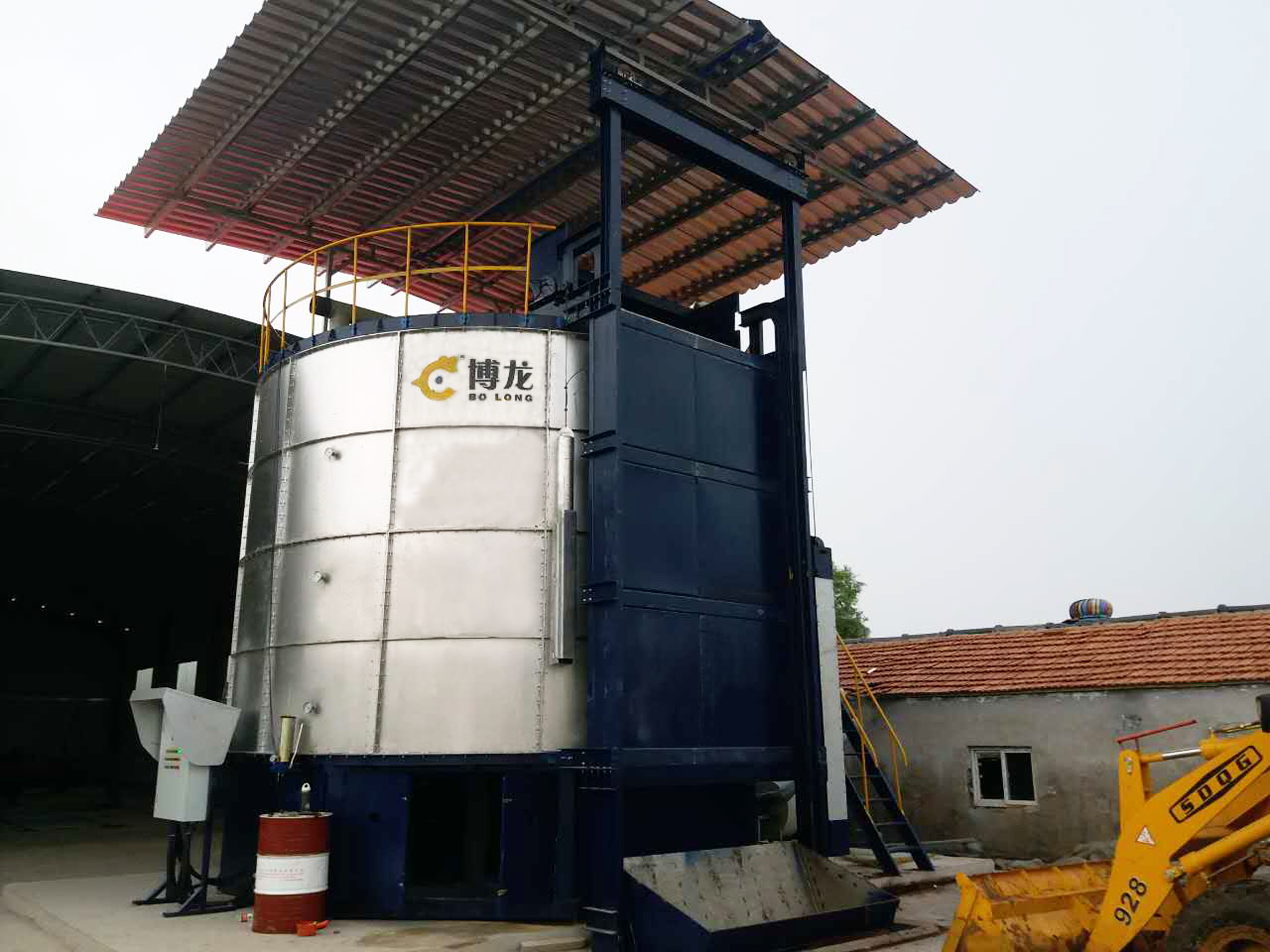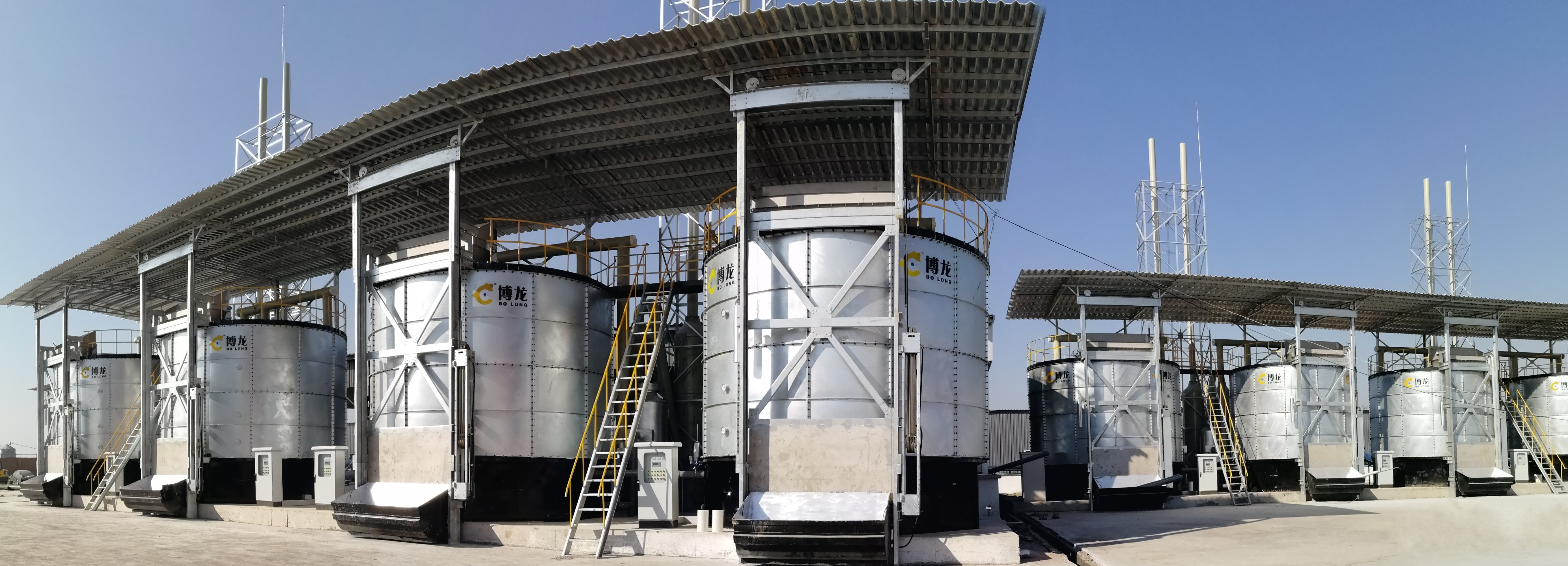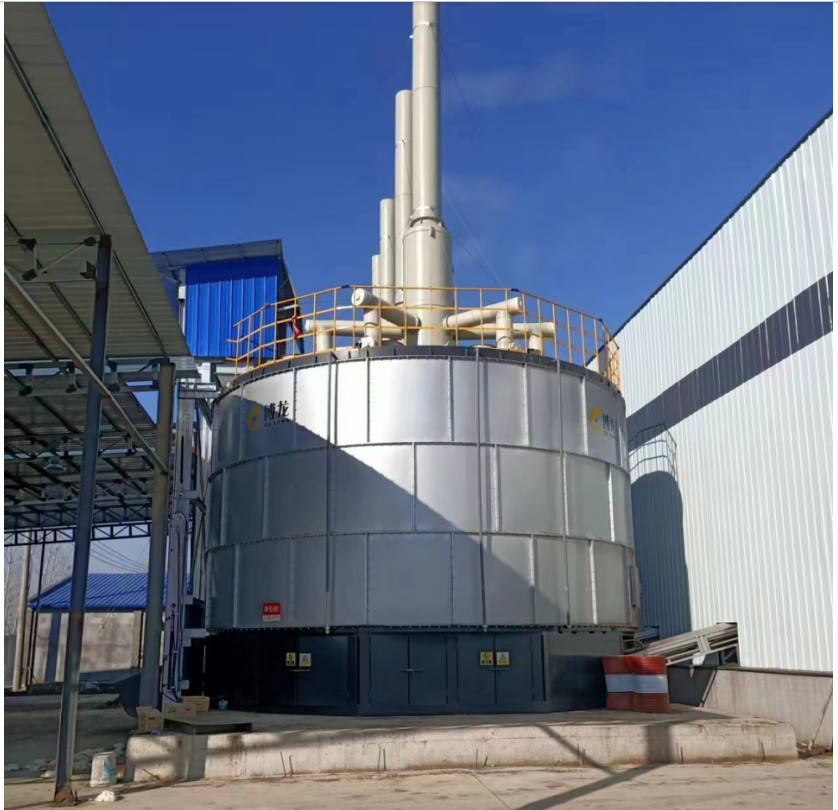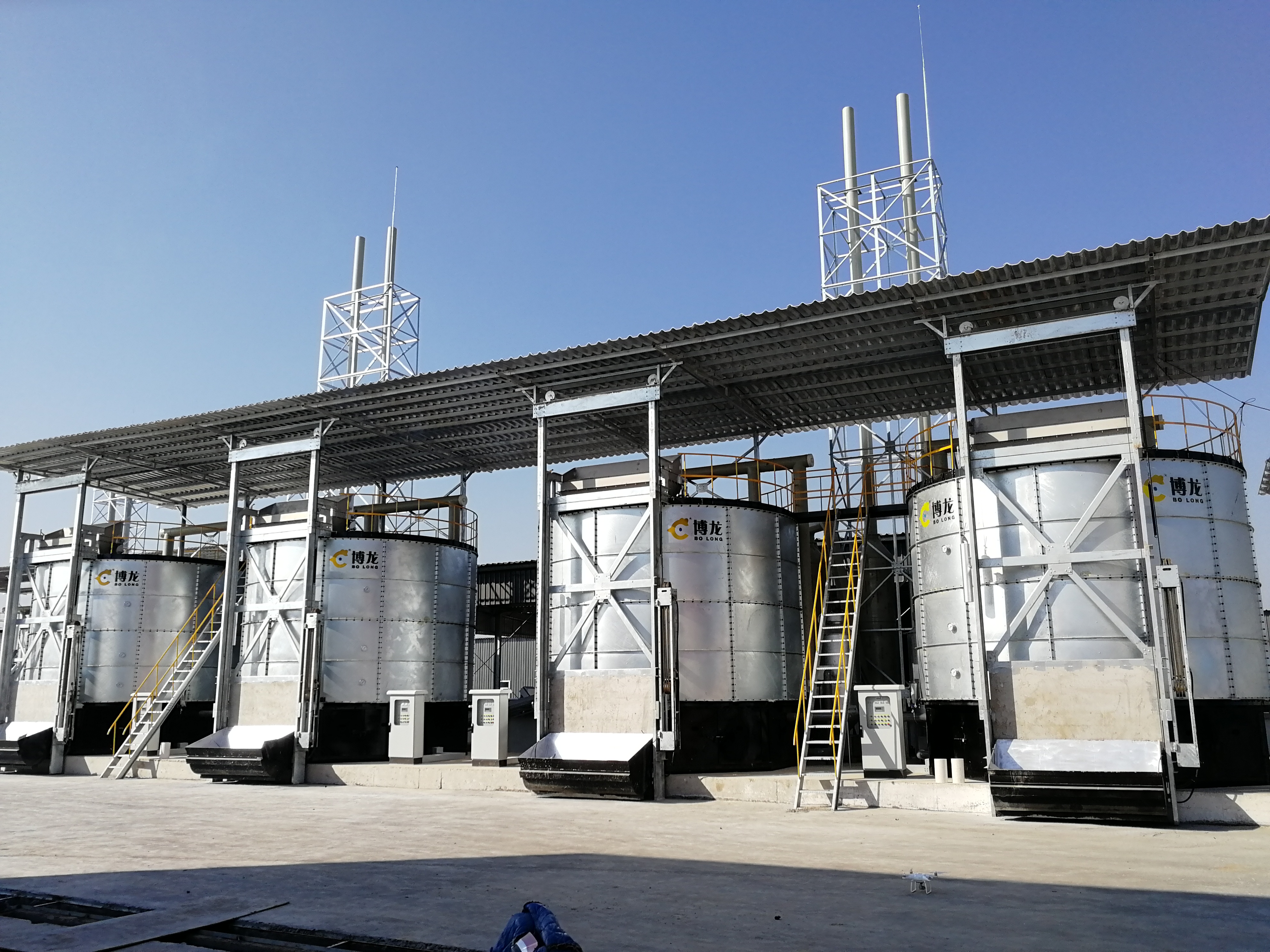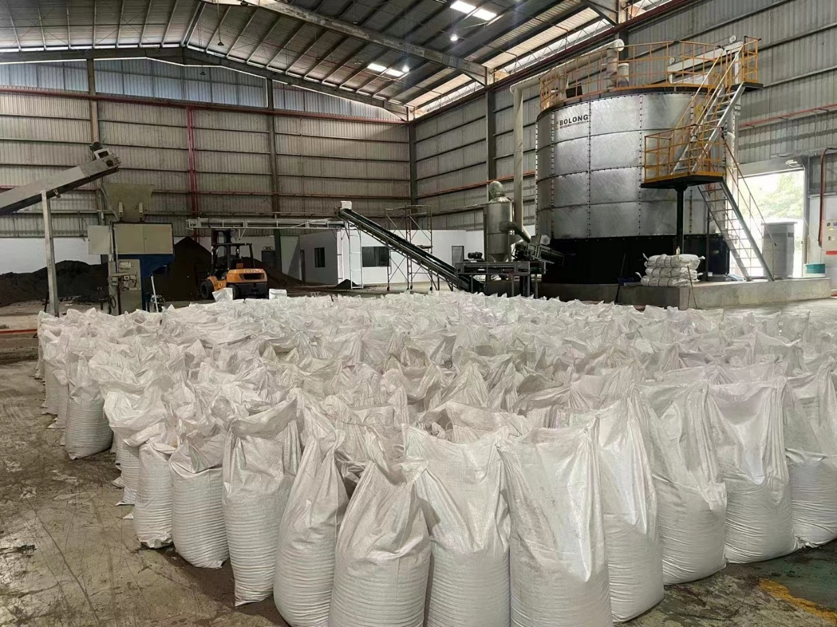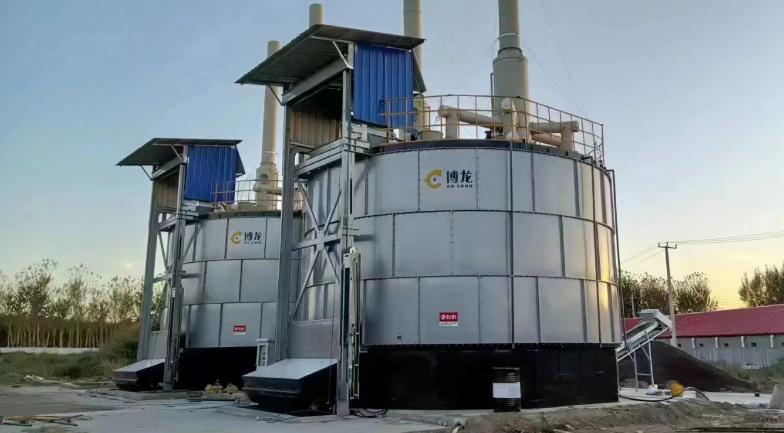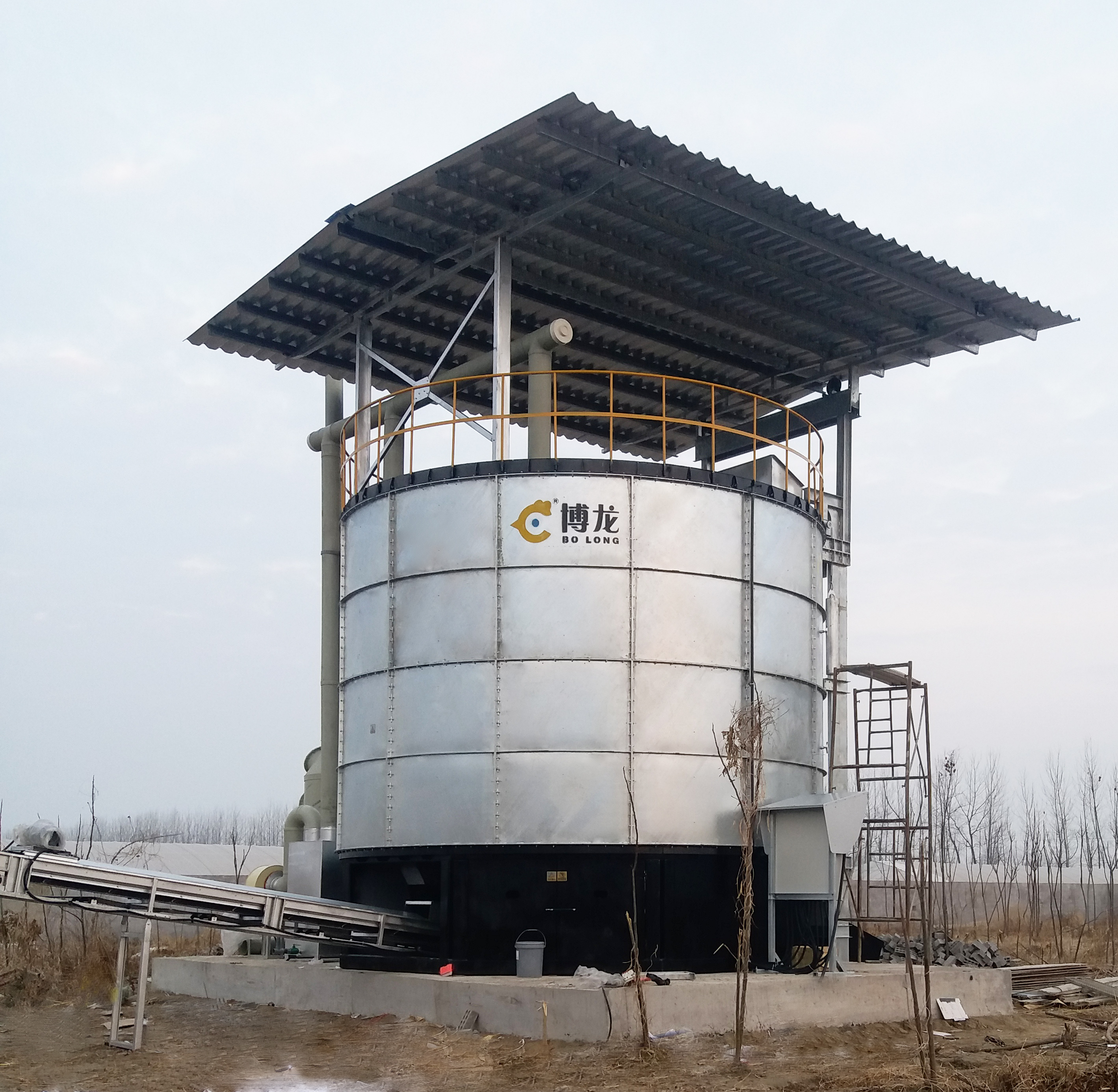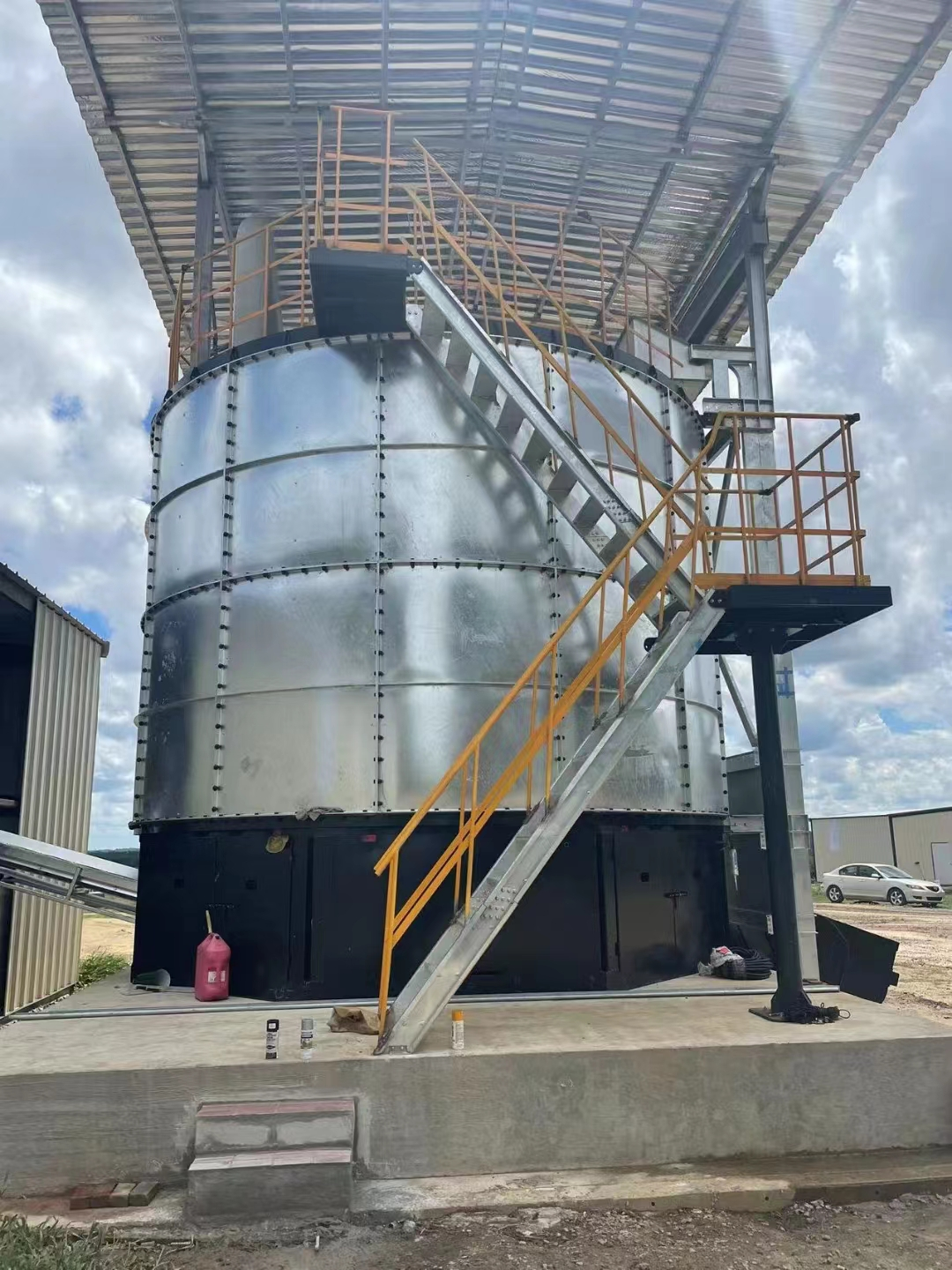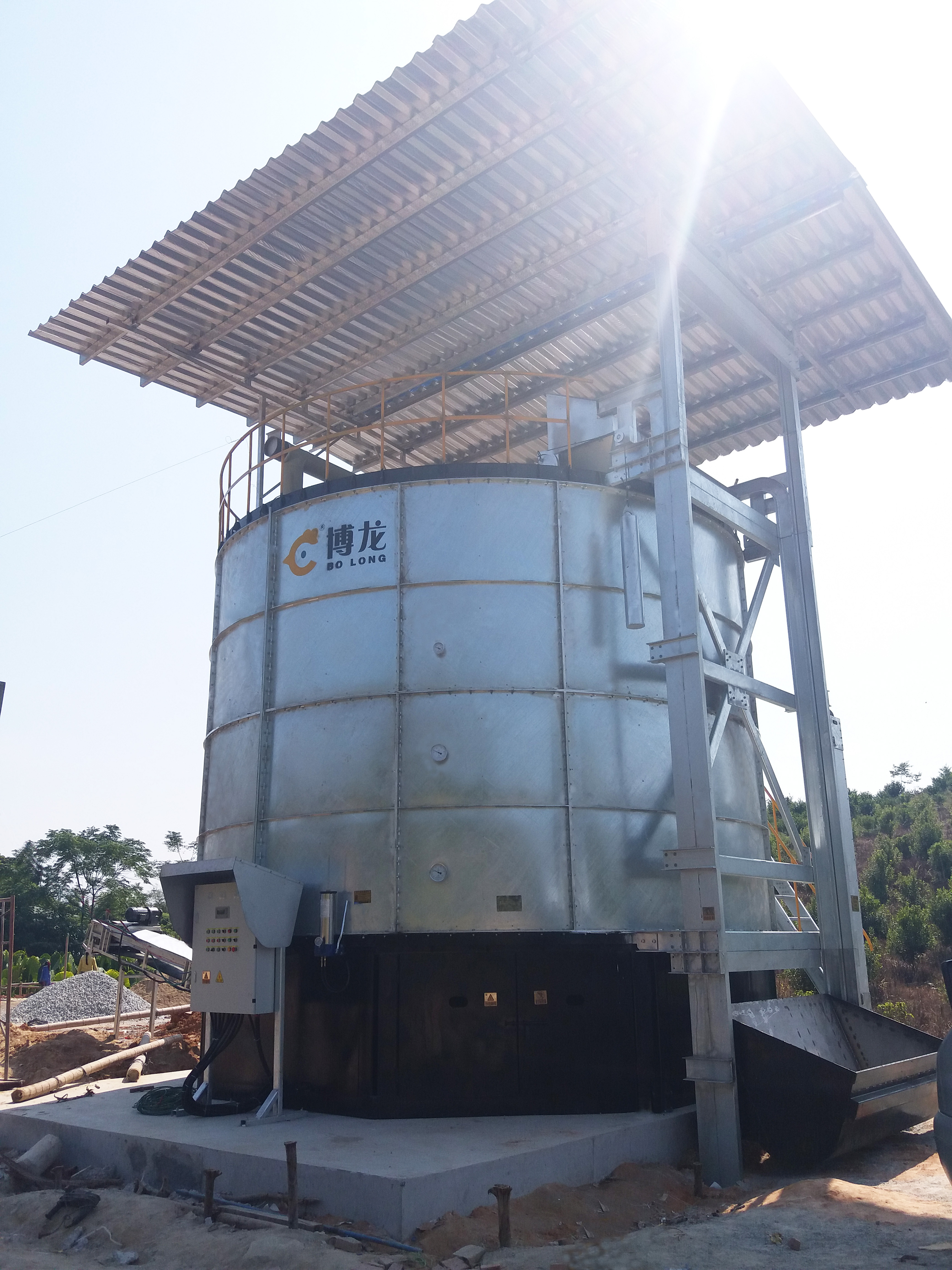Jul 5, 2023 · The hydraulic double-wheel compost turner is a new fertilizer production machine for fermentation launched by our company. It is suitable for the large scale fermentation of livestock and poultry manure such as pigs, cattle, sheep and chickens, sludge, pond mud, sugar factory filter mud, dross cake and so on. This compost machine

